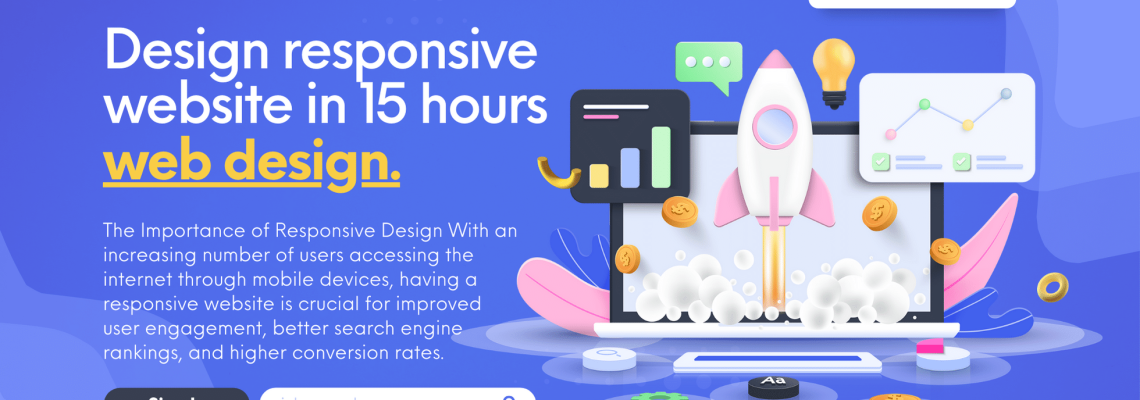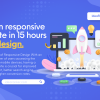
Design responsive website
In today’s digital age, having a responsive website is essential for any business or individual seeking an online presence. A responsive website adapts to various screen sizes, providing an optimal viewing experience for users across all devices, including desktops, laptops, tablets, and smartphones. In this article, we will explore a step-by-step guide on how to design a responsive website in just 15 hours, ensuring your website looks and functions flawlessly on every device.
Understanding Responsive Design
- What is Responsive Web Design (RWD)? Responsive web design is an approach that allows web pages to render appropriately on different devices and screen sizes, without compromising the user experience. It involves using flexible layouts, fluid images, and CSS media queries to adjust the website’s layout and content based on the device’s screen dimensions.
- The Importance of Responsive Design With an increasing number of users accessing the internet through mobile devices, having a responsive website is crucial for improved user engagement, better search engine rankings, and higher conversion rates.
Planning Your Responsive Website
- Defining Your Target Audience Before diving into the design process, identify your target audience and their preferences. Understanding your users’ needs will help you create a website that resonates with them.
- Setting Clear Goals Outline the primary goals of your website. Whether it’s to showcase a portfolio, sell products, or provide information, defining your objectives will guide the design process.
- Creating a Site Map Develop a site map that outlines the structure and hierarchy of your website. A well-organized site map helps in creating a user-friendly navigation system.
Responsive Design Best Practices
- Mobile-First Approach Start designing for mobile devices first, and then progressively enhance the layout for larger screens. This ensures a smooth user experience on smaller devices.
- Optimizing Images Compress and optimize images to reduce loading times on mobile devices, without compromising the image quality.
- Using Flexible Grids Implement flexible grids that adjust to different screen sizes, ensuring your website’s elements are proportionally displayed.
- CSS Media Queries Utilize CSS media queries to apply specific styles to different devices. This helps in tailoring the layout for various screen resolutions.
Building Your Responsive Website
- Selecting a Content Management System (CMS) Choose a CMS that supports responsive design, making it easier to manage and update your website content.
- Picking a Responsive Theme or Template If you’re using a CMS, select a responsive theme or template that aligns with your website’s purpose and style. Customization options are essential for personalizing the design.
- Designing with Consistency Maintain visual consistency across your website. Use a consistent color scheme, typography, and branding elements to reinforce your identity.
- Testing Across Devices Regularly test your website on various devices and browsers to ensure it appears and functions as intended.



Leave Your Comment